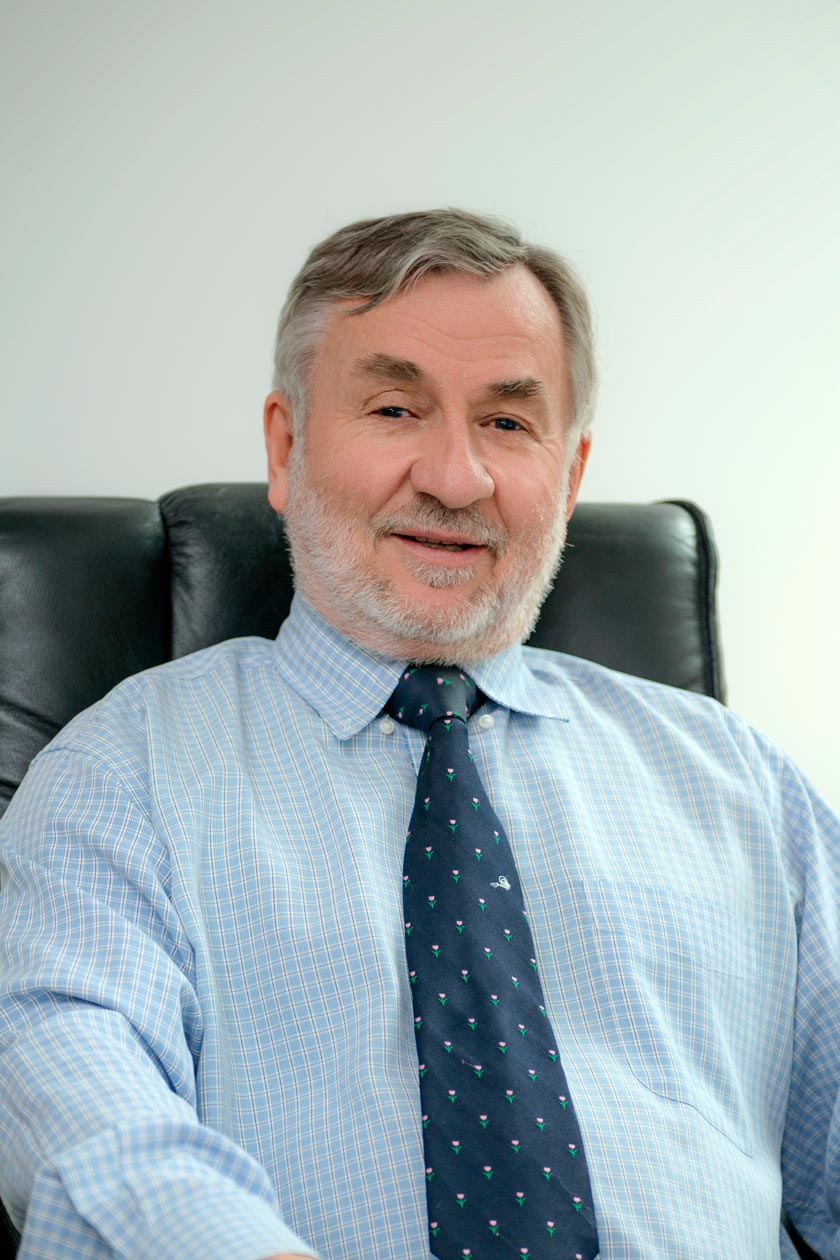Taxing unrealised gains in superannuation under Division 296

One of the most noteworthy is the proposed additional 15 per cent tax on earnings on superannuation balances above $3 million (Division 296 tax), due to commence on 1 July 2025.
The Division 296 tax was originally announced in the lead-up to, and as part of, the Government’s Federal Budget 2023–24. The details of the Division 296 tax are contained in the exposure draft Treasury Laws Amendment (Better Targeted Superannuation Concessions) Bill 2023 (draft Bill) and accompanying explanatory memorandum (draft EM) which was released for consultation on 3 October 2023.
The draft Bill and draft EM follow the release of an earlier consultation paper on 31 March 2023 and propose to insert new Division 296 into the Income Tax Assessment Act 1997 (Cth) (ITAA 1997) to give effect to the announced measure.
Below, we examine how Division 296 will operate if implemented in its current form, some tips and traps that may catch out taxpayers and tax professionals, and some concerns with the design of the draft Bill.
How Division 296 tax is proposed to operate
Determining the amount of Division 296 tax that superannuants with a total superannuation balance (TSB) of more than $3 million may be liable to pay will require them to undertake several calculations.
Broadly, impacted superannuants will be required to use the relevant formulas in the draft Bill to:
- calculate the percentage of the earnings that are attributable to the proportion of the individual’s TSB above $3 million — this is based on the difference between the TSB at the end of the income year (year end) and the proposed $3 million threshold (Division 296 tax will apply only to earnings on balances above the proposed $3 million threshold);
- calculate the individual’s adjusted TSB by adding certain withdrawals, and subtracting certain contributions, for the year from the TSB at year end;
- calculate the amount of the basic superannuation earnings (BSE) used to determine the Division 296 tax liability — by subtracting the TSB at the end of the previous income year from the adjusted TSB calculated in Step 2 above;
- calculate the taxable superannuation earnings (TSE), which is the proportion of the BSE that will be subject to Division 296 tax, by multiplying the BSE (less any unapplied transferrable negative earnings), as calculated in Step 3, by the percentage calculated in Step 1 above; and
- calculate the amount of Division 296 tax — by multiplying the amount in Step 4 by the proposed tax rate of 15 per cent.
Tips and tricks
As is the case with most legislative provisions, in understanding the operation of Division 296 tax, regard must be had to important notes, numerous exceptions and common misunderstandings.
Some key points are discussed below.
Withdrawals and contributions
The purpose of adding back withdrawals, and subtracting contributions, from the TSB at year end in step 2 above is to ensure that the TSB used in the calculation of Division 296 tax reflects only the change in the value of the member’s balance from the start to the end of an income year.
In effect, this is a ‘balance sheet’ proxy for calculating the actual earnings of the superannuation account, instead of basing this on the member’s share of the ‘profit or loss’ made by the fund. Withdrawals are added back to prevent taxpayers from taking money out of their superannuation account(s) to avoid being liable for Division 296 tax.
Conversely, contributions are excluded from the calculation as they do not represent the fund’s earnings but rather an injection of capital. However, various exclusions to the withdrawals and contributions components are proposed in the draft Bill. These exclusions are broadly intended to ensure more equitable outcomes result when calculating the TSB at year end.
Negative earnings Individuals may find themselves in a position where their earnings on a TSB above $3 million are negative. This occurs when the BSE amount, as calculated in step 3 above, is less than nil. In these instances, the individual can ‘carry forward’ the losses to reduce the BSE in a later income year.
Shortcuts to calculating the Division 296 tax
Some common misconceptions are that Division 296 tax will, in effect, either tax all withdrawals at 15 per cent or tax all the earnings of the fund at 30 per cent. Neither of these statements are accurate.
When calculating the amount of Division 296 tax, it is important to correctly follow the steps outlined above in order. The correct amount of Division 296 tax can be accurately worked out only by following all the applicable steps and formulas.
Further, the steps ensure that only the proportion of the earnings on balances above the $3 million threshold is subject to Division 296 tax. There are no shortcuts or quick methods to work out the correct amount of tax payable.
Liability to pay
Akin to the current operation of Division 293 of the ITAA 1997 (where a member’s concessional contributions are subject to an additional 15 per cent tax where their income exceeds $260,000, it is proposed the Division 296 tax liability will be assessed to the superannuant and not the fund, and will be calculated by the Australian Taxation Office (ATO) based on available information.
Individuals subject to Division 296 tax will be able to choose to pay it using funds outside superannuation or request the funds be released from their superannuation account (via a request to the trustee of the fund). The individual will have 60 days to request a release of the amount from their fund (if they choose to) and 84 days to pay the tax.
Impact on franking credits
Proposed Division 296 will impose a new tax on the superannuant, and does not affect or modify the taxable income or income tax position of superannuation funds in any way. This includes the extent to which funds can claim a refund of excess franking credits.
Exceptions to Division 296 tax Several exceptions to Division 296 tax include:
- individuals who are child recipients of a superannuation income stream at the end of an income year;
- amounts relating to structured settlements in any income year; and
- individuals who die before the last day of the income year. Interestingly, this means that an individual who dies on any day from 1 July to 29 June of an income year is not subject to Division 296 tax for that income year, irrespective of their fund balanc.. However, an individual who dies on 30 June of an income year is liable to Division 296 tax for that year if their TSB is above $3 million. Further modifications Some types of superannuation accounts may not readily lend themselves to the steps above. This is primarily due to the nature of, or legislative restrictions around, that type of superannuation account. For these reasons, special rules are proposed to work out the amount of Division 296 tax for:
- individuals with defined benefit interests (including Commonwealth and Territory judges); and
- superannuation contributions to constitutionally protected funds.
Valuation of superannuation assets on 30 June 2025
The TSB at the end of the previous income year directly affects the calculation of an individual’s BSE. Accordingly, particular care should be taken to ensure the value of superannuation assets on 30 June 2025 is accurate and not inflated to try to minimise the individual’s TSE for 2025–26.
Issues of concern
The draft Bill raises important issues that are of concern to many practitioners and their clients. Several aspects of the measure could be improved which would ensure the operation of proposed Division 296 is more equitable.
The Tax Institute’s submission to the Government considers in detail these concerns and potential solutions, the most significant of which are summarised below. Taxation of unrealised gains Division 296 proposes to tax the ‘earnings’ on superannuation balances that exceed $3 million, based on the movement in the member’s TSB during an income year.
Accordingly, Division 296 ‘earnings’ will include the unrealised gains of the fund. As a fundamental principle, taxing unrealised gains is inconsistent with the general approach to taxing capital gains in our current system.
Taxing unrealised gains is likely to place superannuation funds under financial stress, or their members in inequitable positions, if they are forced to sell large, illiquid assets to fund a Division 296 liability because the member has insufficient funds outside superannuation to pay the tax.
The measure should be redesigned to exclude the taxation of unrealised gains. However, if the measure proceeds as drafted, the proposed approach of taxing unrealised gains should not serve as a precedent in the design of future tax and superannuation policy.
A further key issue caused by taxing unrealised gains is the misalignment between the taxing point and the available cash flow. The Government should consider ways to minimise the impacts of this mismatch.
This could be achieved by, for example, including an optional deferral mechanism that would allow taxpayers to defer, with interest, the payment of their Division 296 tax liability until the relevant asset is realised and the funds become available.
Threshold not indexed
The $3 million threshold is not currently proposed to be indexed. This means that, over time, more people are likely to be subject to Division 296 tax. It is important that all thresholds across our tax and superannuation systems are indexed or regularly reviewed.
Indexing the $3 million threshold would ensure that the threshold reflects true market conditions and does not inappropriately expose more than 0.5 per cent of all Australians to Division 296 tax (the Government’s announcement on 28 February 2023 indicates that around 80,000 people will be affected by the measure in 2025– 26).
Utilising losses
The draft Bill proposes to allow superannuants with negative earnings to carry forward their losses to be applied against future gains. However, in some circumstances, a carried forward loss will not be permitted to be recognised or may result in inequitable outcomes.
These include, but are not limited to:
- superannuation funds incurring large and unforeseen losses (for example, losses resulting from a severe recession or market crash) that exceed cumulative future gains; and
- individuals who die after incurring a loss and are unable to recoup the loss or transfer it to their estate. As an alternative, the draft Bill could be revised to allow members to carry back losses and seek a refund of previously paid amounts of Division 296 tax.
Such an approach would resolve the inequitable scenarios noted above.
Making information available
Currently, it is proposed that the ATO will calculate an individual’s Division 296 liability and notify impacted taxpayers each year. Assuming the ATO will have the relevant information available to undertake these calculations, it is reasonable to ask whether, and if so, how, this information should also be made available to taxpayers and their advisers.
Without this information, a significant cost and time burden will be imposed on taxpayers who want to verify or estimate a Division 296 liability. Making the information available will also be of use to advisers who are engaged to provide taxpayers with accurate and timely investment and planning advice.
It may also be possible to utilise existing digital systems, such as MyGov or online services for tax agents through which the information can be provided.
Final comments
The consultation for the draft Bill and draft EM concluded on 18 October 2023. We await further progress of the measure and hope that the key issues and concerns raised by the professional associations and industry are addressed before the enabling bill is introduced into Parliament.
smsfadviser.com





